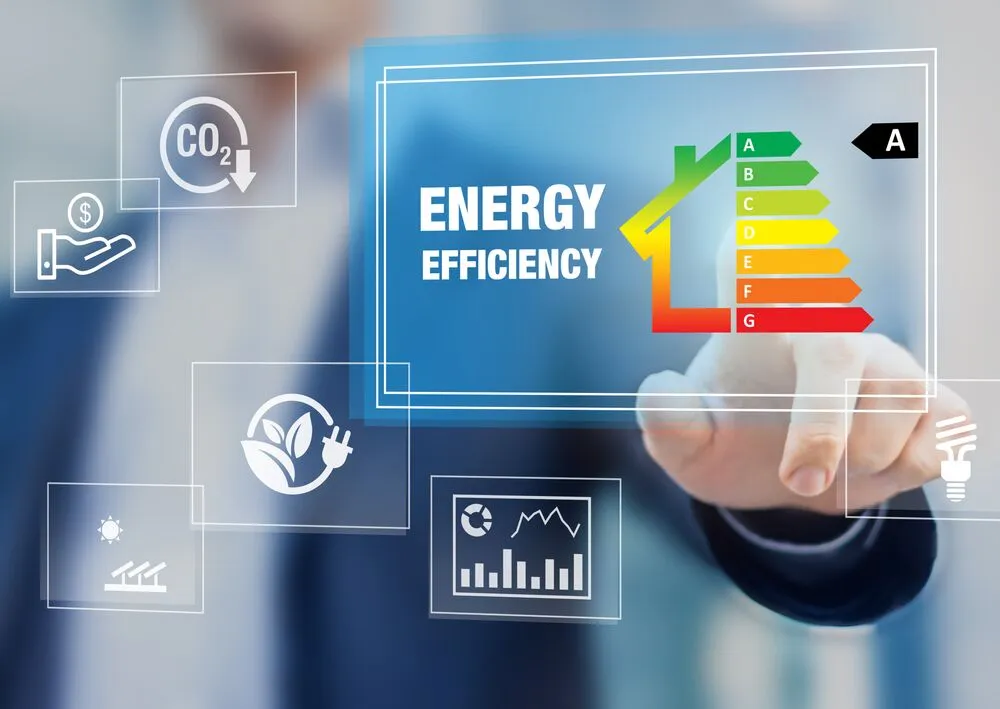ASTM E2939 Power Efficiency Evaluation of Smart HVAC Systems
The ASTM E2939 standard is a cornerstone in evaluating the power efficiency of smart heating, ventilation, and air conditioning (HVAC) systems. This method provides a standardized approach for measuring and reporting energy consumption under defined test conditions. It helps manufacturers ensure that their products meet stringent performance criteria while also offering consumers reliable information regarding energy savings.
The process involves simulating real-world usage scenarios to assess how efficiently these devices operate when performing typical tasks such as heating, cooling, dehumidifying, or ventilating spaces. By doing so, ASTM E2939 ensures that the results are comparable across different models and brands, fostering fair competition within the market.
During testing, each device is connected to a power meter that records electrical energy consumption over a specified period. The collected data includes both steady-state operation (where performance remains constant) and transient states where significant changes occur due to variable loads or environmental conditions like temperature fluctuations.
An important aspect of this evaluation is understanding the impact of various settings on overall efficiency, including presets for comfort levels and energy-saving modes. Additionally, since many modern HVAC systems incorporate network connectivity features allowing remote management via smartphone apps or cloud platforms, compliance with ASTM E2939 extends beyond just physical performance metrics to include functional integrity checks related to software interactions.
In summary, ASTM E2939 offers a comprehensive framework for assessing the power efficiency of smart HVAC systems, ensuring that they perform efficiently across all relevant dimensions. This not only promotes sustainable practices but also aids in meeting regulatory requirements and gaining market acceptance among environmentally conscious consumers.
Why It Matters
The importance of testing energy efficiency cannot be overstated given today's growing concerns about climate change and resource depletion. Smart HVAC systems are increasingly being adopted due to their potential to reduce operational costs significantly through improved insulation, better scheduling algorithms, and advanced controls that optimize performance based on occupancy patterns.
However, without proper evaluation methods like ASTM E2939, there could be discrepancies in reported efficiencies leading to misleading claims or consumer dissatisfaction. Compliance with this standard ensures accurate representation of a product's true capabilities, thereby building trust between manufacturers, retailers, and end-users.
Moreover, adhering to such standards helps companies comply with international regulations aimed at reducing greenhouse gas emissions. For instance, the European Union's Energy Labelling Directive requires labeling products according to their energy consumption levels, making accurate testing even more crucial for compliance.
For quality managers and R&D engineers involved in developing new technologies or refining existing ones, understanding these standards is essential. It allows them to identify areas where improvements can be made without compromising safety or functionality. Furthermore, it provides insights into consumer preferences regarding features like voice control integration or predictive maintenance capabilities that contribute positively towards overall user experience.
Benefits
- Achieves Consistency: Ensures uniformity in testing procedures across various manufacturers ensuring comparable results.
- Fosters Innovation: Encourages continuous improvement by highlighting gaps between current offerings and ideal performance standards.
- Promotes Transparency: Enables clear communication about a product's actual energy usage, enabling informed purchasing decisions.
- Sustains Environmentally Friendly Products: By promoting efficient use of resources, it supports sustainability goals set forth by government bodies worldwide.
International Acceptance and Recognition
The ASTM E2939 standard enjoys widespread recognition globally, particularly in regions where stringent environmental policies are enforced. Many countries have adopted or referenced this guideline when establishing their own national standards for evaluating smart HVAC systems.
In North America, several states including California require compliance with similar international standards to ensure energy-efficient residential buildings comply with local building codes. Similarly, European Union directives mandate labeling of appliances based on their energy efficiency ratings, which often involve tests aligned closely with ASTM E2939 principles.
The growing demand for sustainable solutions has led many companies operating internationally to adopt these practices as part of their global quality assurance processes. This uniformity simplifies supply chain management and enhances interoperability between different systems within complex multi-national installations.





